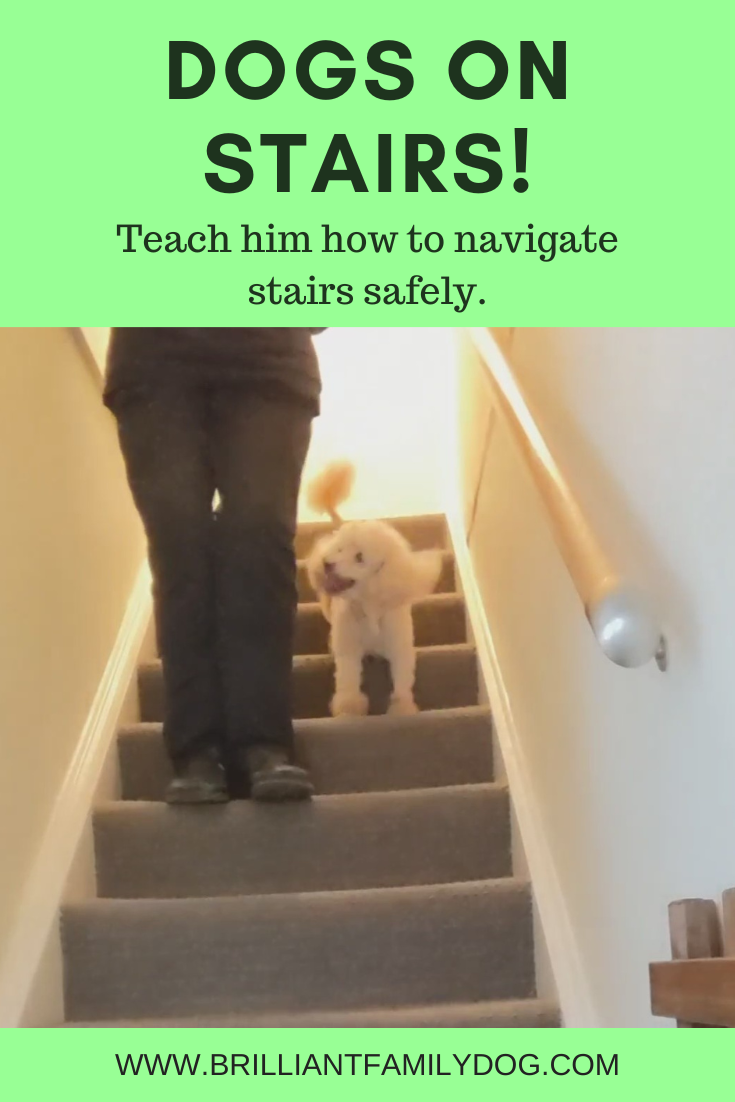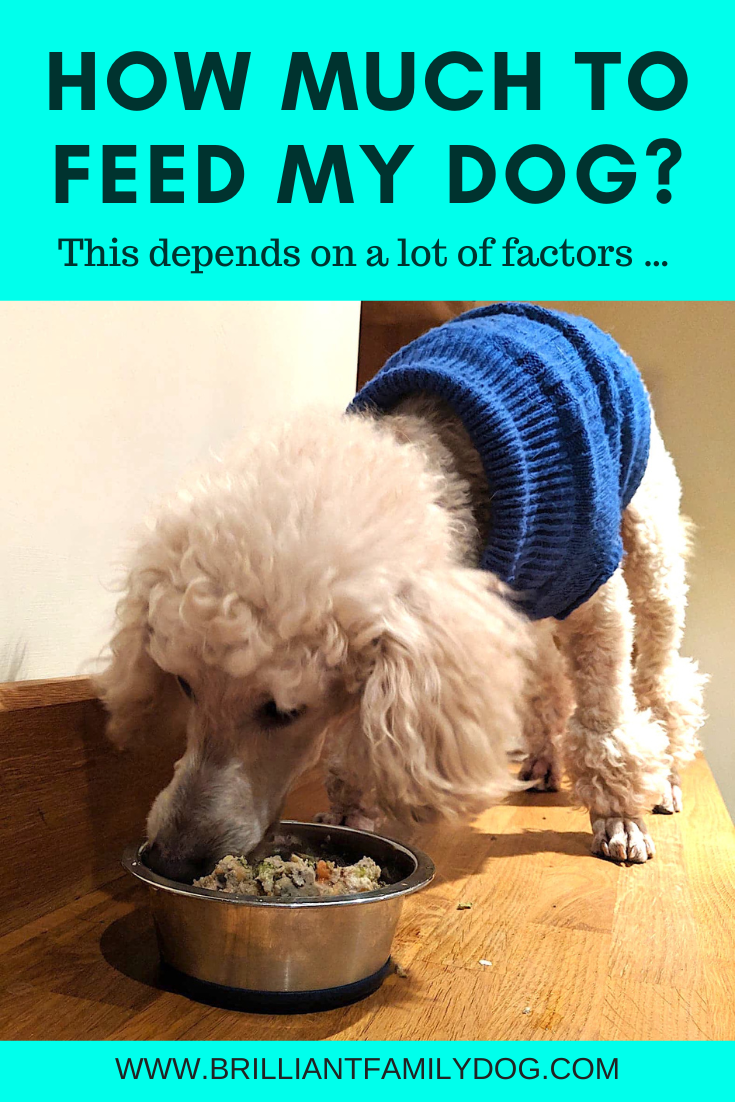If you are one of those who was seduced into using an electric shock collar on your dog because
You were told it’s the only thing that works
They said it’s the quickest way to control your dog
It’s only a tickle anyway … it doesn’t hurt at all 😳
what will you do after February 1st 2024?
Because that’s when the new law comes into force. It’s The Animal Welfare (Electronic Collars) (England) Regulations 2023
“These Regulations make provision for the purpose of preventing the use of electronic collars in England.” (Wales and Scotland have already banned them.) This brings us into line with Germany, Austria, Denmark, Norway, Sweden, Finland, Portugal, Slovenia, Switzerland, Wales, the province of Quebec in Canada, and some states in Australia. More countries are banning them all the time.
“Regulation 2(1) makes it an offence for a person who is responsible for a cat or dog to attach an electronic collar, or cause an electronic collar to be attached, to the cat or dog in England.”
“Regulation 2(2) provides that a person commits an offence if, at any time when the person is responsible for a cat or dog, the cat or dog is wearing an electronic collar and the person is in possession of a remote-control device in England which is designed or adapted for activating and controlling the electronic collar remotely.”
Hooray!
Now, if you’re reading Brilliant Family Dog, then the chances are high that you wouldn’t dream of using one of these mediaeval instruments of torture on your dog.
Everyone agrees that they should not be used on people, and there have been some well-publicised cases of parents being imprisoned for using them on their children.
How horrifying is that?!
But why is it not just as horrifying for them to be used on an equally innocent creature - a sentient being as is enshrined in law in the UK as in the whole of the EU and increasingly elsewhere?
You may have a different view of electronic collars
It’s a free country - you are entitled to that view, however misguided it may be. 😉
But the fact remains, that if you are currently using a shock collar (e-collar, electronic collar, whatever fancy name you call it) to shock your dog into submission, or alter his behaviour in some way, and you live in the UK, after February 1 2024 you are going to be up a creek without a paddle - up a creek without a “controller”!
You’re going to have to learn what makes dogs tick.
You’re going to have to do the training with your dog that you should have done ages ago.
You’re going to have to build a relationship with your dog so that he wants to please you.
How are you going to do that?
The clock is ticking.
You have a few months before you’ll have to bin your electronic crutch.
But we have the answer for you!
We have the paddle you need to get you out of your creek!
Start here, with our free Workshop on getting your dog to LISTEN! You may be surprised how quickly you can learn new methods, and how very very effective they are!
Here are just a few of the comments I’ve received from people who watched the Workshop:
“Thank you so much. I've enjoyed this workshop, especially the attitude of love.” ST
“I watched the first 25 mins and started working straight away with my puppy sooty Lily ..the result was immediate.. using her name only in a positive way resulted in her engaging with me .. I can’t wait to watch the rest and put it into practice.” PW
“Thank you for your free Workshop .. it was very enlightening and made me realise where I was making mistakes. It has given me food for thought and I will start by putting what we learnt there into practice.” WR
“Enjoyed and learned from the first video. I am on my third puppy and am training her. Liked the positive attitude you have towards dog training. Thank you for the first free video.” HJ
“Thanks for your free video, it’s already working.” CL
“I have watched your free workshop 3 times at least and really enjoy it.” CO
“I've just watched the free Workshop and I can't believe what I've learned already to be honest!” LG
“I watched the whole Workshop and found it really good. Well done on working so hard to provide dog owners with a positive way of working towards creating a happy dog relationship.” WP
“Thank you very much for the link, it was a lovely and excellently delivered workshop, I thoroughly enjoyed it.” HE
So hop over there and find out what these folk found! And just how quickly you can transform your dog, without the need of any cruel (and illegal) devices.
RESOURCES
The Animal Welfare (Electronic Collars) (England) Regulations 2023
Electronic training collars for cats and dogs in England
Position Statement on Humane Dog Training













